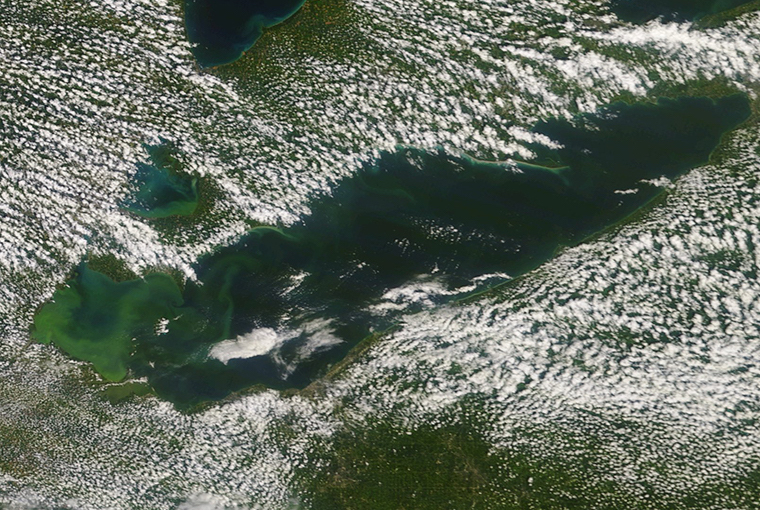
Winds could be responsible for some poor year classes of pike on Lake Erie, according to researcher Nathan Stott, a Ph.D student at Bowling Green State University in Ohio.
Stott was working on a fish age assessment study in 2017 when he noticed most pike in a western Lake Erie wetland were from either the 2012- or 2016-year classes.
He noted the years where year-classes were poor coincided with seiches events that affected that part of Lake Erie. A seiche occurs when high sustained winds drive the water from one end to the other. The effect is similar to water sloshing in a bathtub, in that water level at one end rises while the other end drops.
Winds drop water
At the west end of Erie, where Stott’s research took place, water levels can drop 1.1 meters with extreme winds. During one event last fall, it dropped more than two meters. Since his initial findings, Stott has concluded that the non-existent year classes corresponded with large seiche events.
Stott believes pike are vulnerable to seiche events that occur during the two-week spawning period in spring just after ice-out, especially since they lay their eggs on submerged vegetation which can be exposed.
He hopes to learn more by following pike movements with acoustic telemetry and the Great Lakes Acoustic Telemetry Observation system (GLATOS) network. “One of our main objectives is to look at the dispersal of these fish and to identify their precise spawning locations,” he said.
On the Canadian side of Lake Erie, seiches also have an impact. Pike hotspot Long Point Bay, for example, can see brief water levels fluctuations of up to a meter.


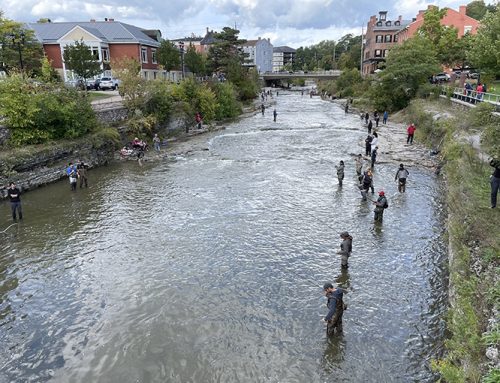
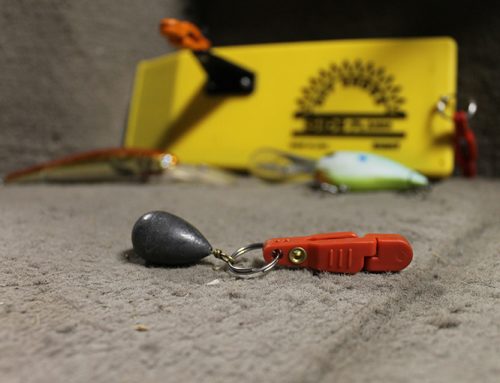
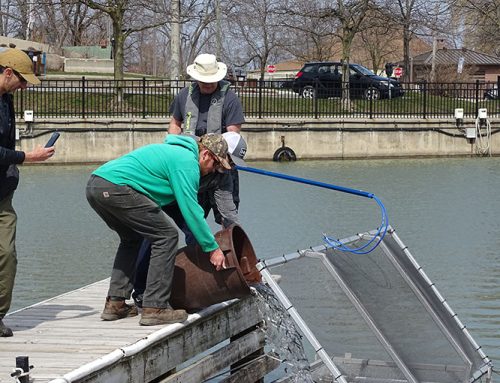
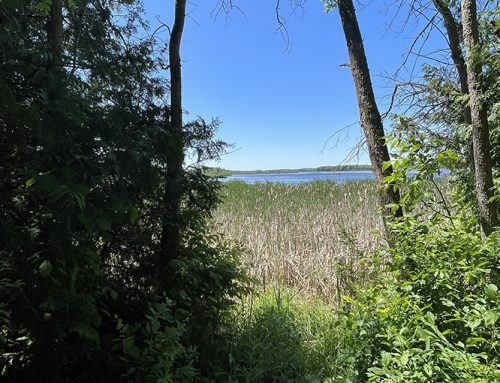
Leave A Comment